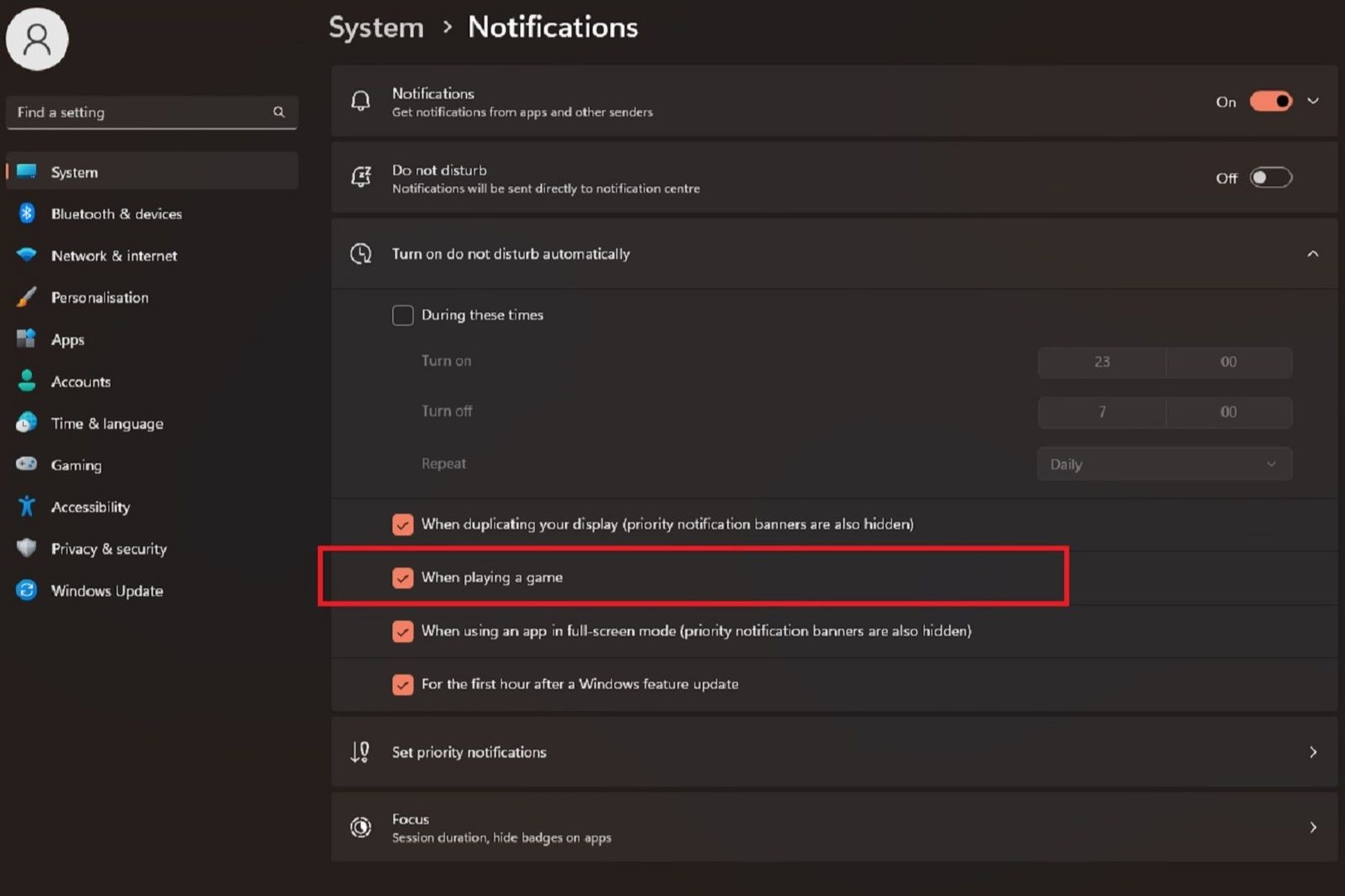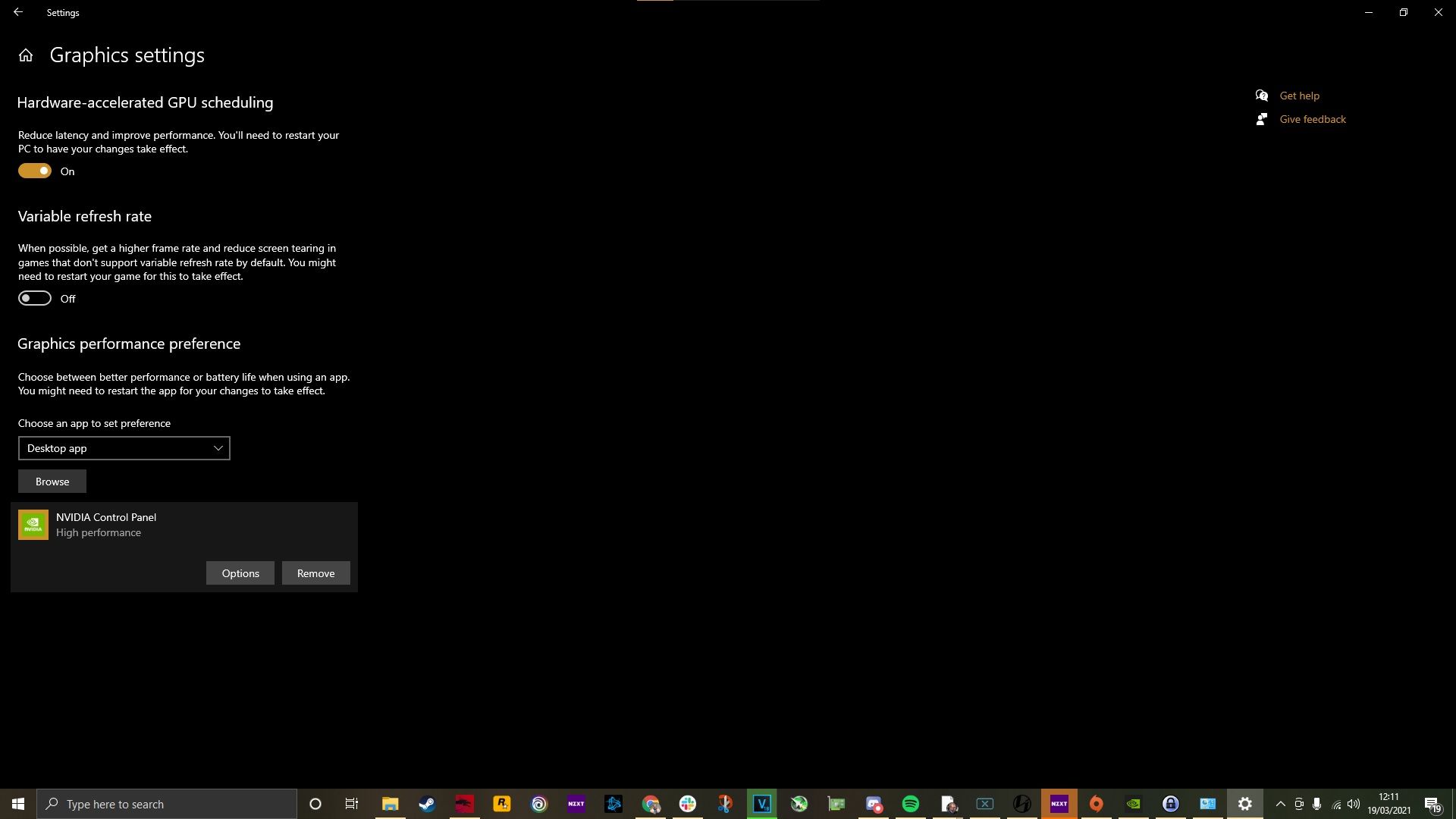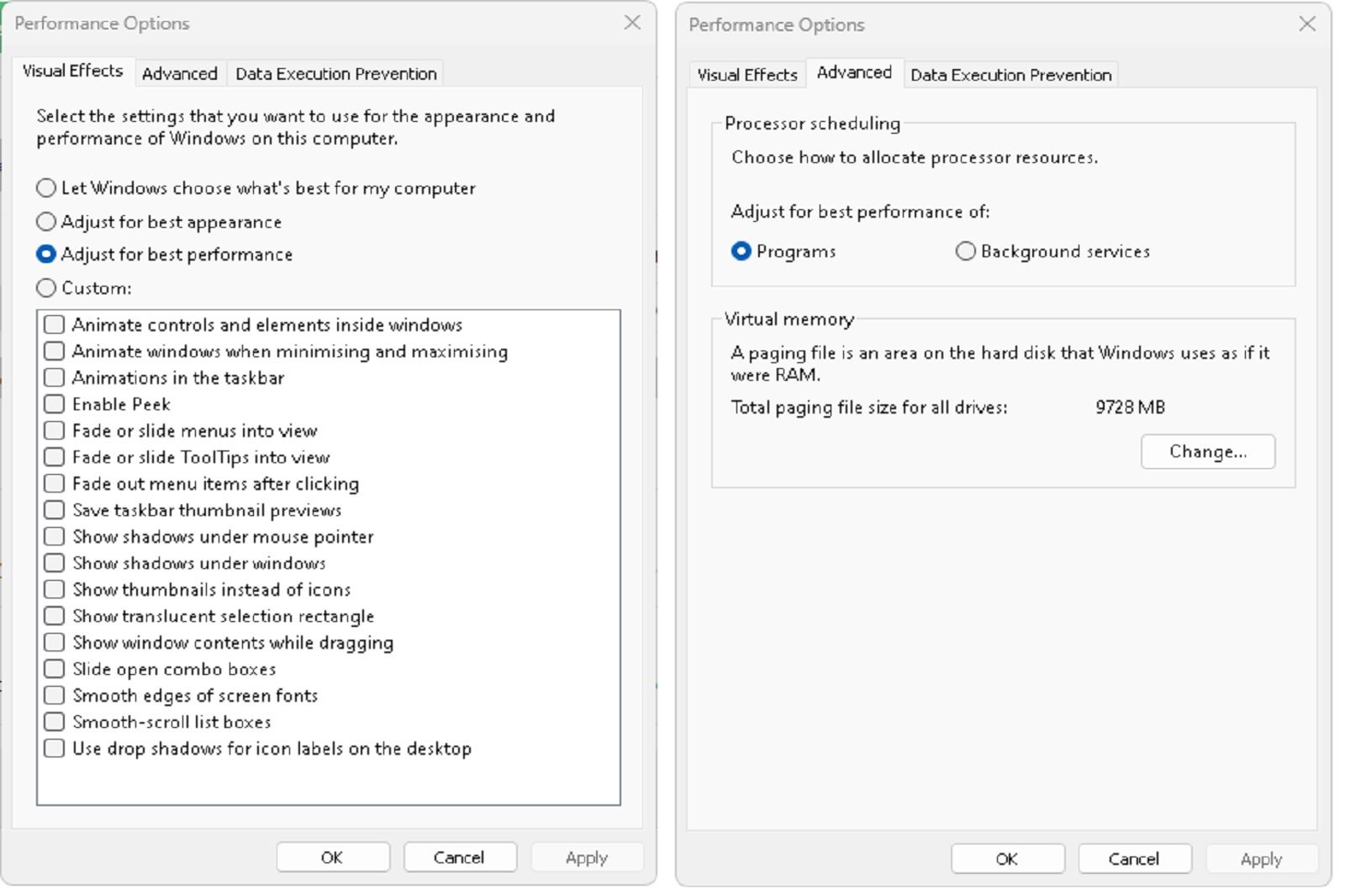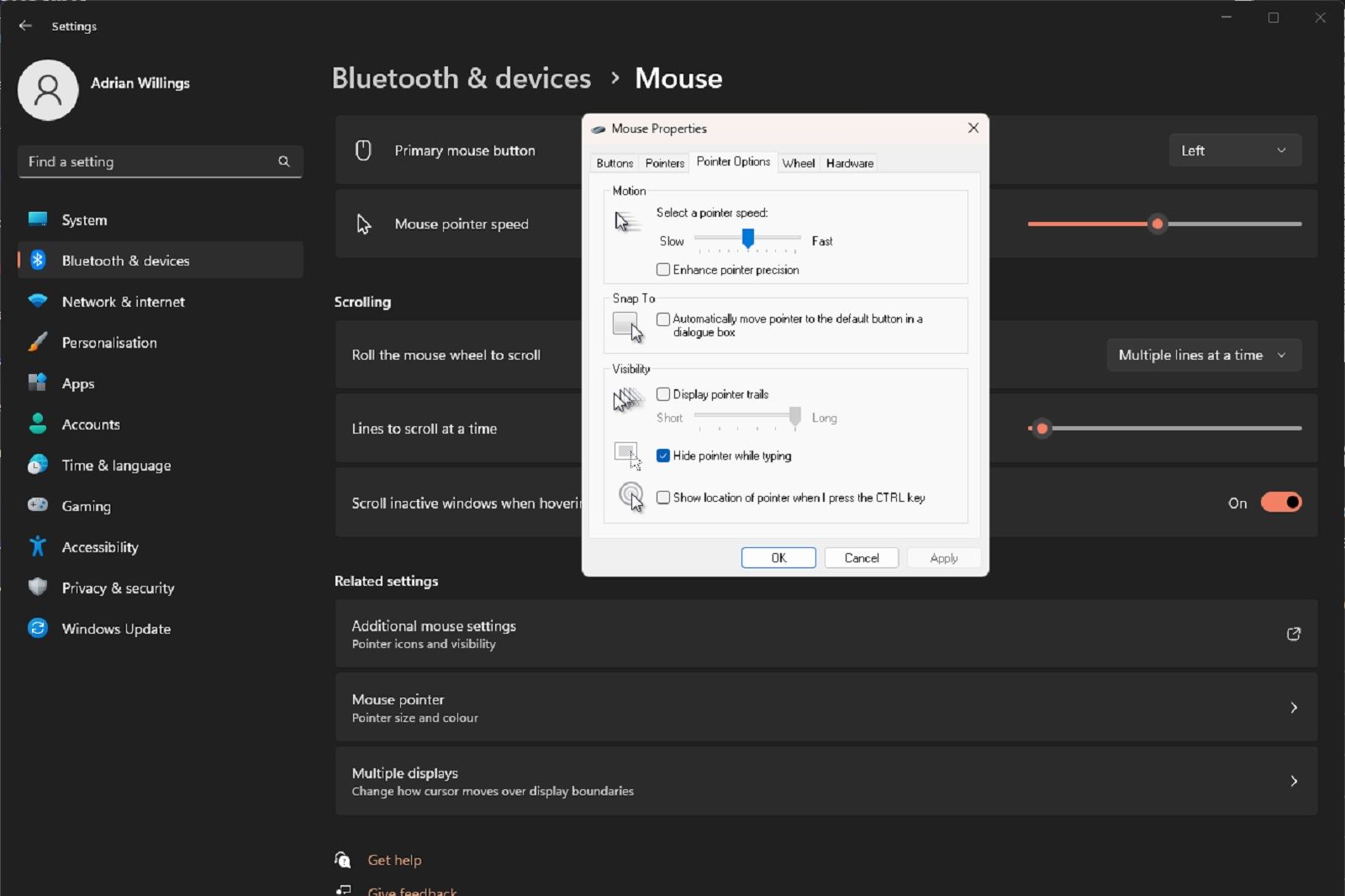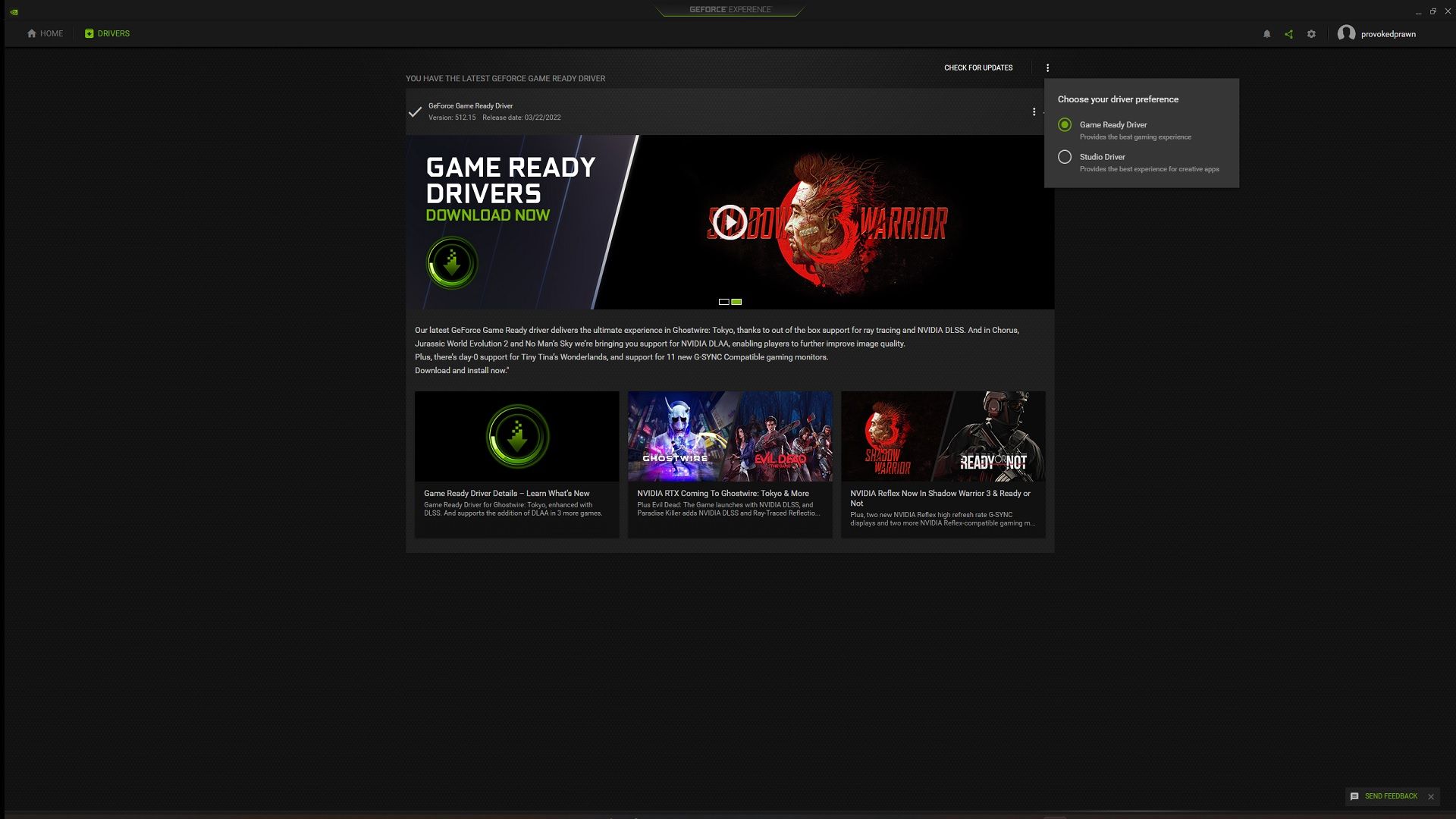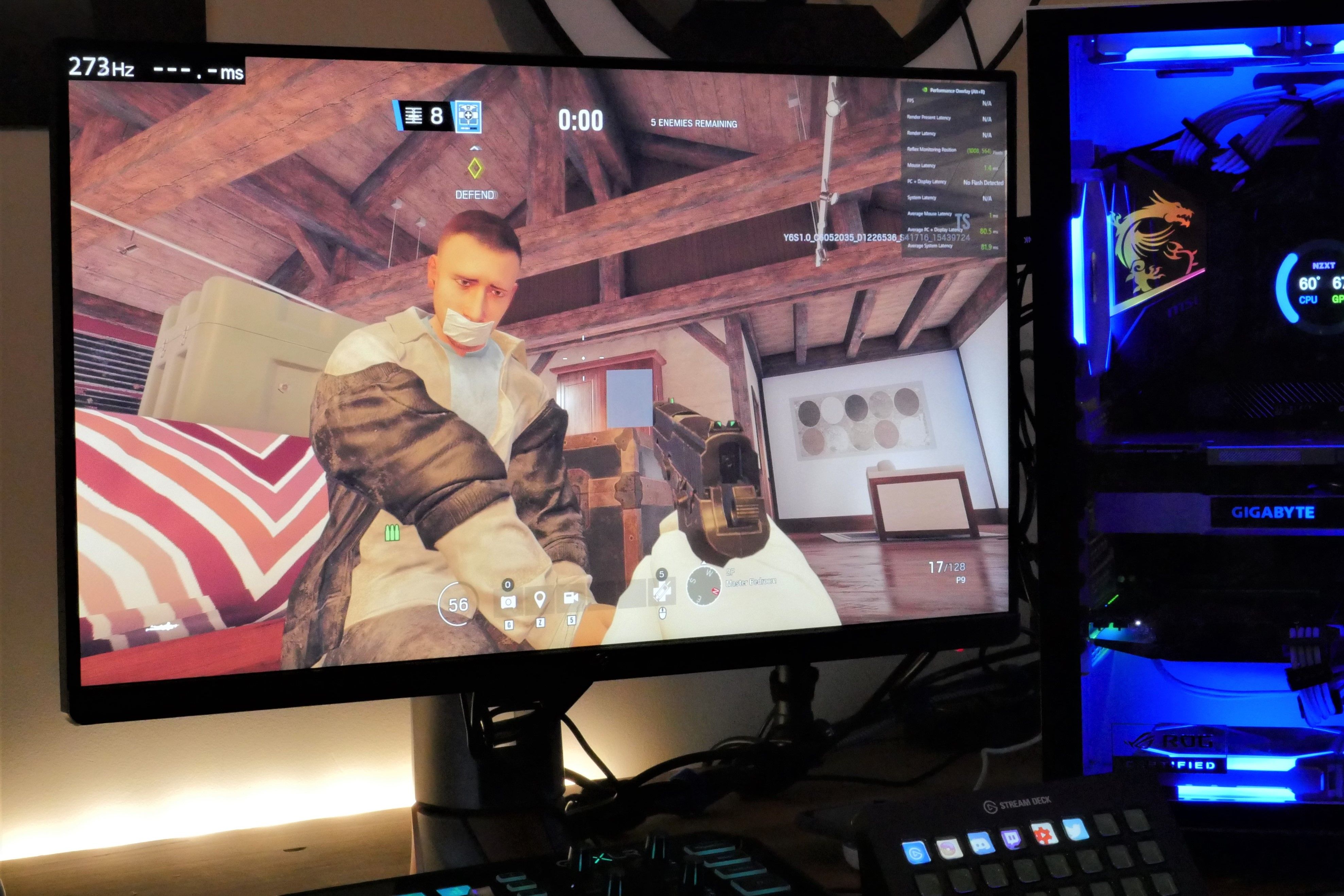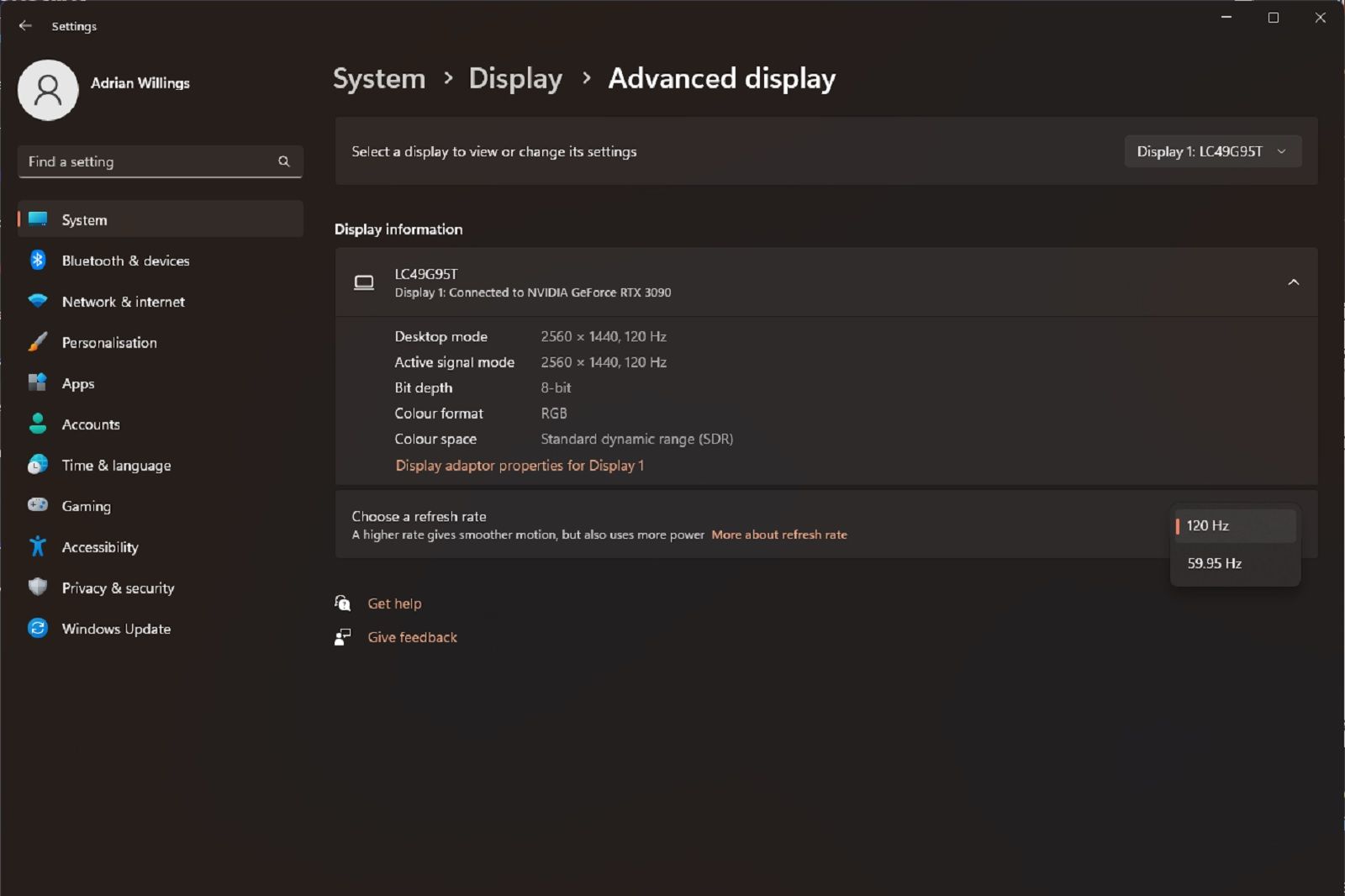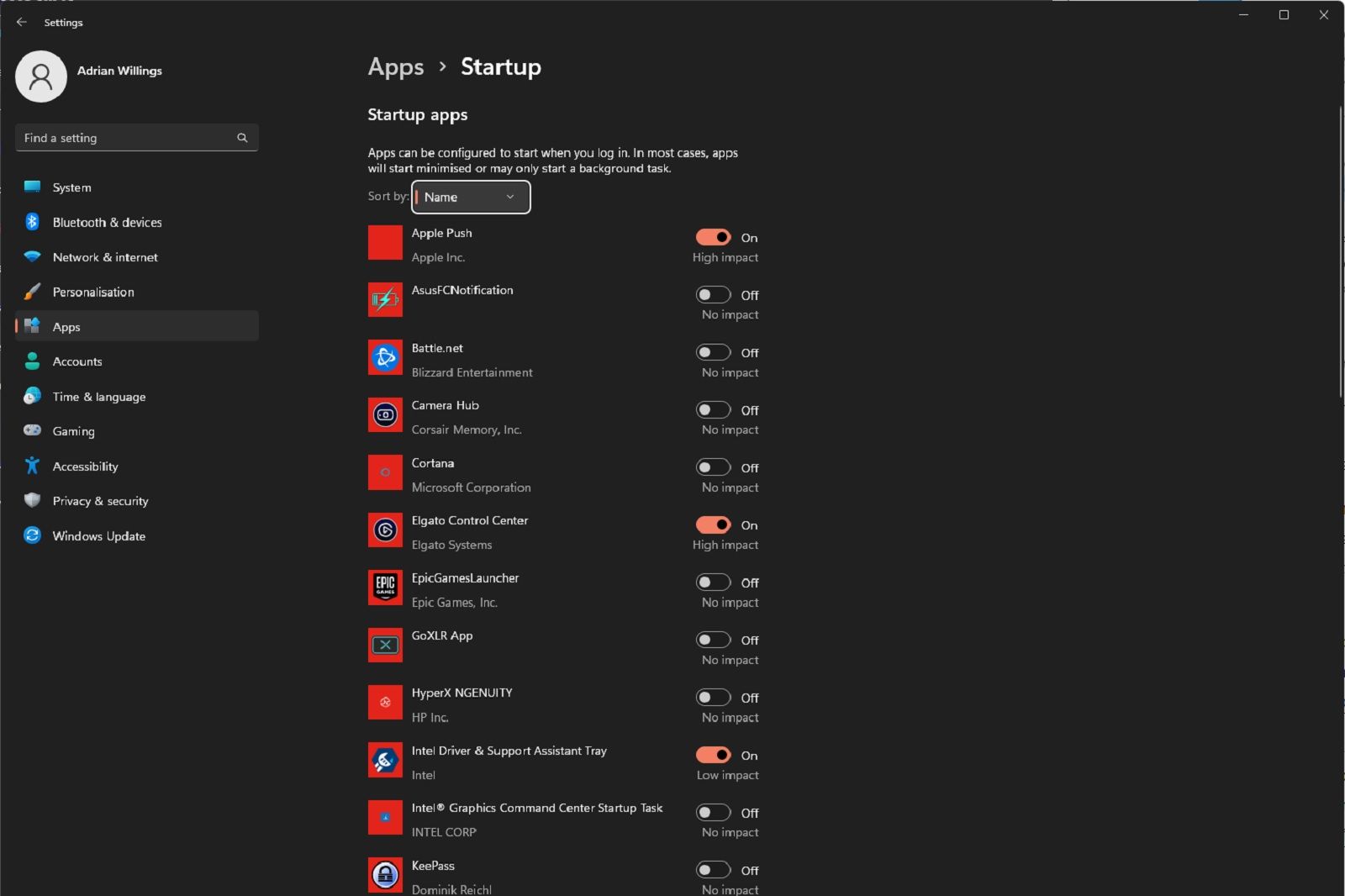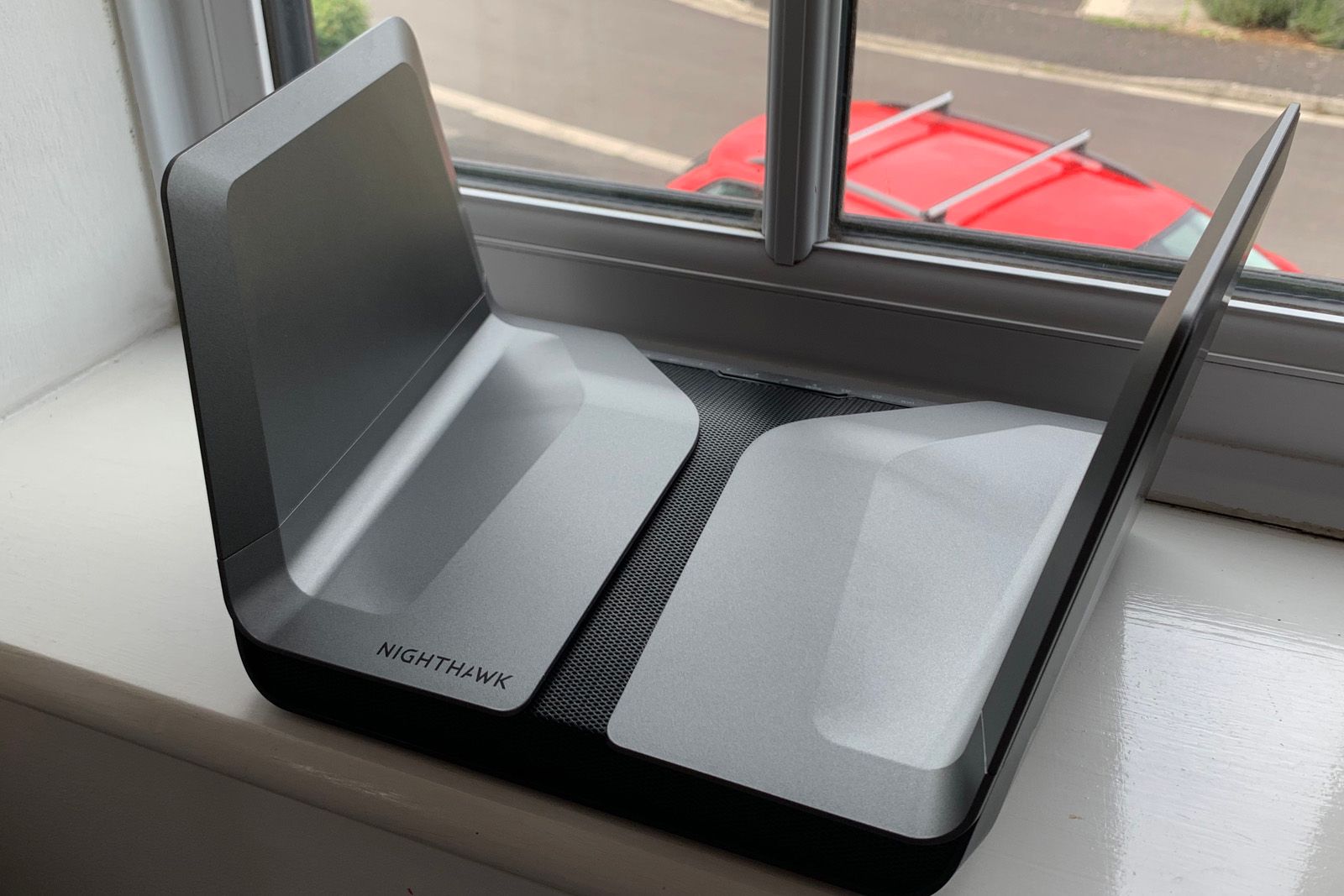Key Takeaways
- Turn on game mode for better performance. Windows has a built-in game mode that optimizes system resources for gaming. Follow a few simple steps to turn it on and enhance your gaming experience.
- Disable notifications to avoid interruptions while gaming. Windows has a setting that allows you to turn off notifications during gameplay. You can set specific times or enable it automatically when playing a game for uninterrupted gaming sessions.
- Utilize hardware-accelerated GPU scheduling for better performance. If you have a recent graphics card and are running Windows 10 or 11, you can turn on this setting to optimize performance and reduce latency.
So, you’ve purchased yourself a shiny new gaming PC or built yourself one from scratch and you’re ready to start gaming. But just because you’ve got a fresh copy of Windows installed and your games downloaded doesn’t mean your PC is necessarily running at its best. There are still a few things that you can do to optimize your PC for an even better gaming experience. Just a few tweaks to Windows settings can make all the difference.
We’ve written before about how to get more FPS out of your graphics card and gaming machine, but here we’re talking about further optimizing your gaming PC for even better performance.
4 ways to easily stream PC games to a TV, phone, or other device
From Steam Link to full remote desktop streaming with Parsec, here’s how to stream PC games to your TV, phone, tablet, or laptop.
1 Turn on Game Mode
Manages system resources for better performance
Pocket-lint
Windows is already conveniently built for gaming. Microsoft knows PC users love playing games. This is why Game Pass is so popular. As standard though Windows still needs some tweaks to optimize performance, one of these includes game mode. This is a setting which manages system resources for better performance when playing.
To turn on Game Mode follow these steps:
- Press the Start button on your keyboard and type Game.
- Click Game Mode Settings when it appears at the top of the Start menu.
- Click the button to turn on Game mode.
2 Disable Windows notifications
Stop interruptions
Pocket-lint
Optimizing your PC for gaming is great, but you know what else is great? Not being interrupted while you play your favourite games. Well, Windows has a setting to disable notifications at specific times or when certain things are happening. So this is a great way to ensure no more pesky pop-ups to ruin your fun.
To access the settings follow these steps:
- Press the Windows start button on your PC or keyboard and type Focus Assist.
- In the focus settings click on notifications — “alerts from apps and system, do not disturb.”
- Find the setting “turn on do not disturb automatically.”
- Tick “when playing a game.”
Alternatively, you can select specific times of day for the do-not-disturb mode to turn on. This works if you know you’re always gaming in the evening for example. Just set the time and enjoy blissful notification-free gaming.
3 Turn on Hardware-accelerated GPU scheduling
Optimize performance and reduce latency
Pocket-lint
Hardware-accelerated GPU scheduling allows your machine to optimize performance and reduce latency. If you have the right hardware (a recent graphics card) and are running Windows 10 or 11 then you can easily turn this setting on, much like Game Mode:
- Press the Start button and search for Graphics Settings.
- Then click to turn on Hardware-accelerated GPU Scheduling.
- Scroll down and view the settings for “graphics performance preference” from there you can choose the app to set your preference. For Nvidia, this is the Nvidia Control panel. You can select this as a desktop app or Microsoft Store app via the dropdown.
- Click on the app, click options and select high-performance.
- Repeat for any game where you want maximum performance.
4 Adjust settings for best performance
Prioritize performance instead of appearance
Pocket-lint
As standard, Windows is set to focus on the best possible appearance. So it looks swanky with all the different animations and shiny edges. These quality settings can have a negative impact on gaming performance, though. So it may pay to turn them off or at least to adjust for performance instead of appearance.
To do this:
- Press the Windows start button on your PC or keyboard and type appearance and performance.
- Click on “Adjust the performance and appearance of Windows” when it appears.
- Look for the setting that says “adjust for the best performance”.
- Select that and click apply.
- On the advanced tab click to check that best performance is set for programs and not background tasks.
5 Turn off enhanced pointer precision
Your mouse might have its performance hindered
Pocket-lint
You may well have purchased a high-end gaming mouse to give yourself the edge against the competition, but that mouse might have its performance hindered by Windows settings. Windows has various settings related to mouse pointer speed and one, in particular, can be a problem, so we need to turn it off:
- Press the Windows start button on your PC or keyboard and type “mouse pointer”.
- Click on “Change the mouse pointer display or speed”.
- Under the setting marked “Motion” untick the option to “Enhance pointer precision”.
- Click Apply.
While we’re at it, we’d also recommend checking your mouse software. A lot of modern gaming mice have high polling rate options. Click to select whatever is the highest – 1,000Hz, 4,000Hz or 8,000Hz – in your software so your signals get to your PC faster and there’s less latency.
6 Update your drivers
And ensure that Windows is updated regularly
Pocket-lint
If you want the best performance we find it’s important to not only ensure that Windows is updated regularly (preferably outside your gaming hours) but that your graphics card drivers are also updated.
We’ve written before about how to update Nvidia drivers and cleanly install them for the best results, but it also pays to simply stay on top of updates, so you have the latest drivers. The easiest way to do this with Nvidia graphics cards is to use GeForce Experience. When that’s downloaded and installed there’s an option in there to automatically download and install drivers. Click to turn that on and install the latest ones whenever they’re released.
7 Turn on Nvidia G-Sync
Ensure monitor’s refresh rate matches graphic card’s FPS
Pocket-lint
If you have a compatible monitor and a new graphics card, then you can and should turn on G-Sync. We’ve written before about how to do this, but essentially, G-Sync ensures that your monitor’s refresh rate matches the frames per second your graphics card is putting out for the game you’re playing.
Turn on G-Sync on your monitor and within Windows settings and this will prevent screen tearing and ensure a smooth gaming experience while you’re playing. We’d recommend also adjusting your game’s display settings to match your monitor’s refresh rate and limiting the maximum FPS to the high end of your refresh rate.
8 Set your monitor refresh rate
Otherwise, the monitor will default to just 60Hz
Pocket-lint
Windows won’t always default to using the maximum refresh rate for your connected display. If you’ve got yourself a fancy gaming monitor with a high refresh rate, then you need to turn the setting on both on the monitor and in Windows.
Otherwise, the monitor will default to just 60Hz. So follow these steps to select your maximum refresh rate:
- Right-click on your desktop and click Display settings.
- Scroll down until you see “Advanced display settings.”
- Then scroll down to refresh rate and click the dropdown. From there, select your monitor’s maximum refresh rate.
If you don’t see the setting you’re expecting then the chances are you’re using the wrong cable. Some displays might only output the maximum refresh rate with a DisplayPort cable, otherwise, HDMI 2.1 might be worth looking at.
9 Adjust Windows Start-up settings
Some apps are doing background processes
Pocket-lint
Many of the apps you install will automatically force themselves into start-up processes. So, when you turn on your PC and log in to Windows, those apps will be waiting for you. Sometimes this isn’t helpful as the apps then become background processes that are wasting processing power and resources.
Fortunately, it’s fairly easy to disable these apps and not only make your PC turn on faster but also optimize it when you’re gaming. Follow these steps:
- Press CTRL+SHIFT+ESC to launch Task Manager.
- Look for the Startup tab and click that.
- Search through the list of apps and look for anything that you don’t use regularly.
- Right-click on the offending apps and click disable.
Alternatively, in Windows 11 you can access these settings by clicking the start button and searching for Startup apps. Click that system setting and you can then go through and turn apps on and off.
10 Use ethernet rather than Wi-Fi
Try CAT-8 ethernet cables
Netgear
Wi-Fi speeds are getting faster and faster and the connections are also more reliable with Wi-Fi 7 and beyond as well. But there’s still something to be said for using a high-quality ethernet cable directly from your router to your gaming PC. If you have ultra-fast home broadband, then it can pay to invest in a capable cable. CAT-8 ethernet cables, for example, can transfer data faster and make the most of your speeds while also offering a solid connection that won’t drop out.
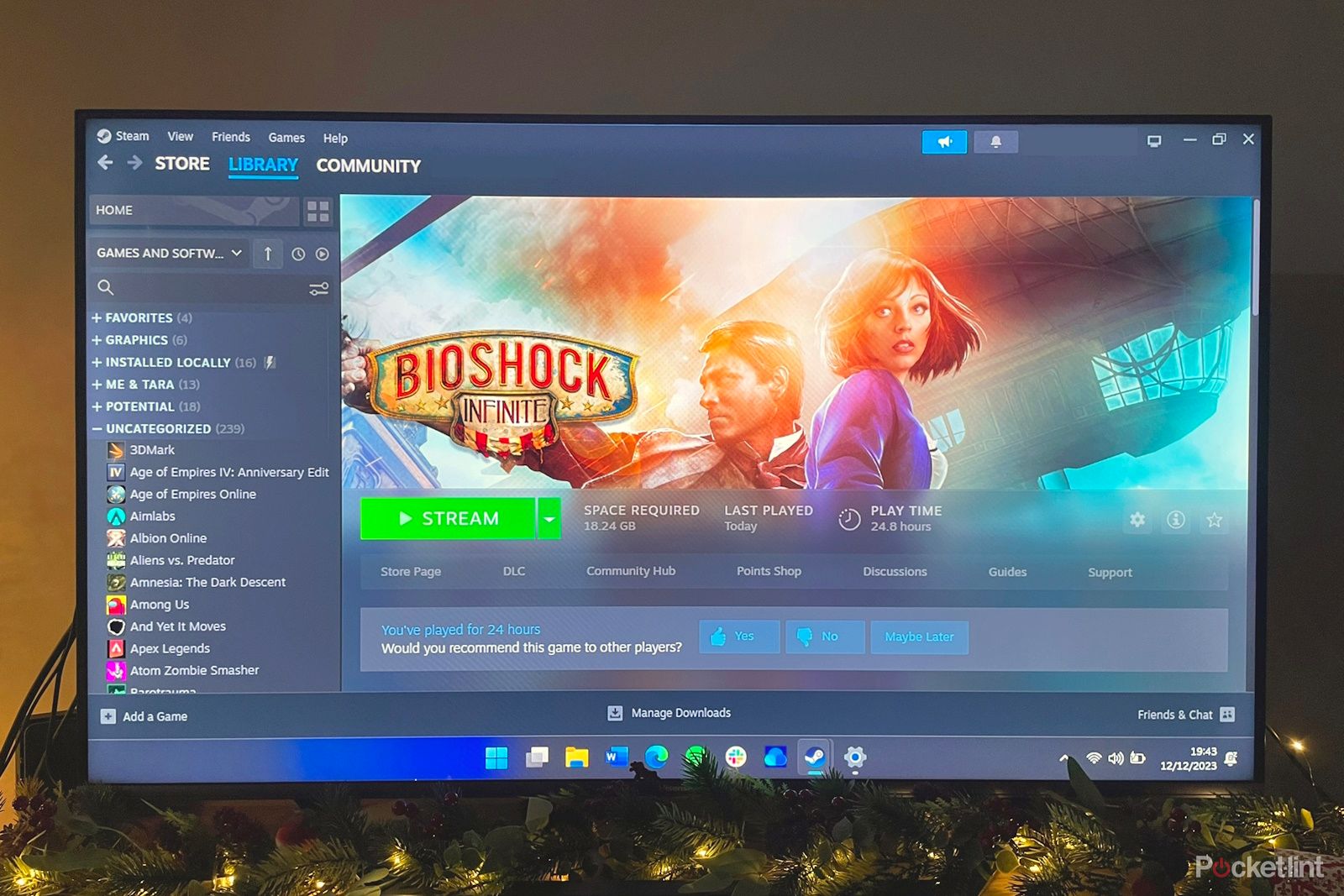
How to use Steam Link to stream PC games to TVs, phones, and tablets
Want to make the most of your gaming PC even remotely? Here’s how to stream games to different devices using Steam Link.
FAQ
Q: How to make your computer faster
A few of the things on this list will obviously help improve the performance of your gaming PC. But there are other things you can do as well. If you’ve tried all these things and want even more performance, then you might want to consider upgrading certain parts of your gaming PC or doing something simple like refreshing your thermal paste for better cooling. If you’re having particular issues with your PC, then it might be that maybe it’s lagging due to bottlenecks or thermal throttling. There are ways to check for these issues and further optimize performance.
Q: Can my computer run games?
If you’re having problems with your gaming PC and wondering if you can optimize it, you might have wondered whether you can play particular games. Modern PC games can have some seriously taxing PC spec requirements, so it pays to check whether your PC can run it before you can buy. Even if you buy on Steam so you can take advantage of the refund policies if things go wrong.
Before you splash out your cash you can always check to see if a game will run. There are various ways to do this. You’ll often find the minimum and recommended specs requirements for games on their store page (especially on Steam). If you know your specs then you can happily compare the listings with what you have to be sure it’ll work. If you don’t know your PC specs, not to worry, as there are ways to check and suss out your full specs without much fuss.
An alternative to doing this manually is to use the System Requirement’s Lab tool. This tool will scan your system and then compare it with the specs of the game you want to play and give you some advice before you purchase. Handy stuff!
Trending Products


